The best cabbage varieties for 2020 with a description and selection by growing region
When choosing a cabbage variety to be planted in 2020, it is important to consider the characteristics of the crop. Manufacturers print information about the variety on paper packaging. In temperate continental climates, both early and late crops can be grown. Pre-sow cabbage for seedlings. In warm latitudes, the seedless method is practiced.
Content
- 1 Choosing a variety of white cabbage for planting in 2020
- 2 Popular early and ultra-early cultures
- 3 Mid-season varieties
- 4 Best Late Ripening Cabbage
- 5 Which variety is better for pickling and pickling
- 6 Recommended varieties for long-term storage for the winter
- 7 The most popular varieties of Dutch cabbage
- 8 High-yielding hybrids
- 9 New varieties of red cabbage
- 10 Determining the variety depending on the region
- 11 Recommended for growing in Siberia and the Urals
- 12 Which cabbage is better to plant in Central Russia
- 13 What to choose for the southern regions
- 14 What varieties to plant in open ground in the suburbs
Choosing a variety of white cabbage for planting in 2020
Cabbage is grown using seedlings or in a seedless way, by sowing seeds directly on the garden bed. Before choosing the variety you need for planting, it is advisable to determine for what purposes the culture will be used: for fresh consumption, long-term storage, conservation, fermentation.
Early varieties are grown only for making light vegetable salads. Mid-season cabbage can be eaten fresh, used for pickling and preservation. Late varieties are mainly processed, they are fermented, and you can cook vegetable dishes from them. Early or late cabbage is grown using seedlings. Mid-season - in a seedless way, seeds are sown on the garden in May.
When choosing seeds, you should pay attention to which region this crop is best suited for. Each variety has its own characteristics of cultivation.
Popular early and ultra-early cultures
Early ripening varieties do not differ in high yield rates. This cabbage is grown to be eaten fresh. Leaves of early vegetables are tender, sweetish in taste, not hard. Heads of cabbage are small and loose. Overgrowing, they often crack.The first crop can be harvested 85-125 days after germination. Early cabbage is not resistant to decay, it quickly loses its freshness during storage.
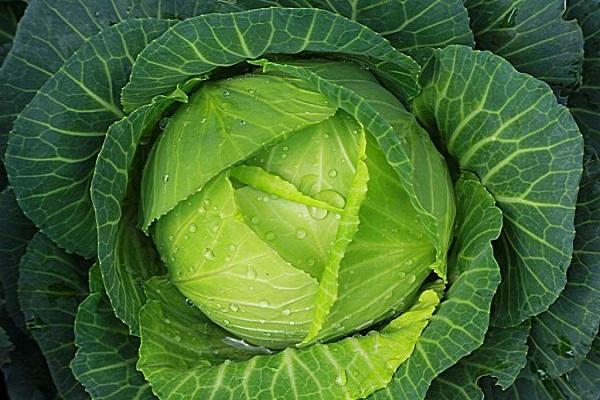
Tobia
Dutch variety, suitable for growing in all regions. Head weight - 5 kilograms. On the cut, the vegetable has a white and slightly yellowish tint. The inner stump is small. The heads are plump, they are not stored for long. The taste is sweetish, without bitterness, the leaves are juicy, thin.
Rinda
Dutch hybrid. The culture is resistant to cracking. Head of cabbage - compact, uniform, plump. Weight - 3-5 kilograms. The inner stalk is very short.
June
Bred in 1967 by Russian breeders. The cabbage rosette has a diameter of 50 centimeters. Heads of cabbage - homogeneous, juicy, tender, weighing up to 3 kilograms. The culture is able to withstand small (up to 2 degrees) frost, is resistant to cracking, and can get sick with keel.
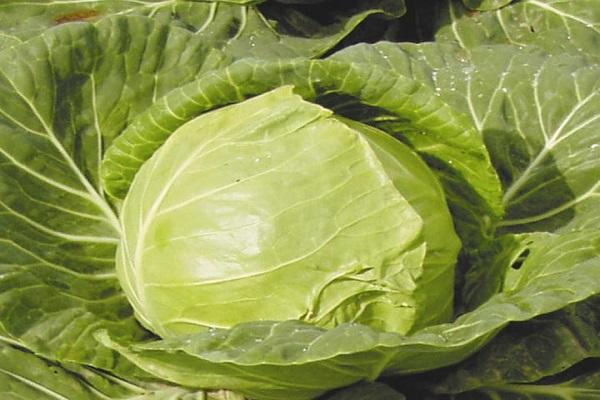
Mid-season varieties
Mid-early cabbage is an intermediate type between early and late. Compared to an early ripening crop, it has a denser head of cabbage. True, the taste is not as delicate as that of early vegetables.
Cabbage ripens 120-130 days after planting. This crop is second only to late varieties in terms of storage duration and yield. Cabbage is eaten fresh and used for pickling. It is best to plant several heads of early and medium cabbage. Such a technique will allow you to always receive tender, juicy, fresh vegetables that have not stood in the garden at the table.
Megaton
Dutch hybrid. It can be grown in all regions of Russia, except for the Middle Volga region. The culture has a raised rosette. Ripe vegetables - juicy, crunchy, round, dense, smooth. The mass of one copy is 3-4 kilograms. The upper leaves are wrinkled, with a bluish-silvery sheen. The stump located inside is up to 15 centimeters long. Cabbage is very sweet, suitable for salads and pickling.
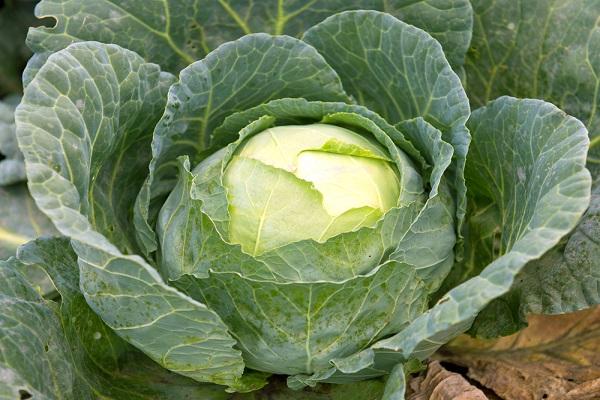
Sugar queen
A hybrid crop that ripens in August. Ripe vegetables are sweet and juicy. Suitable for cooking cabbage rolls and pickling. The average weight of one head is about 4 kilograms.
Best Late Ripening Cabbage
The late-ripening culture is considered the most productive. Such cabbage is safer for health, vegetables accumulate nitrates in their leaves to a lesser extent. Late varieties are salted, from which cabbage rolls, vegetable stews are prepared. Cabbage ripens for a very long time - almost 130-160 days. When stored properly, fresh heads of cabbage can lie until next spring.
Late varieties are characterized by excellent resistance to disease and rot. The heads of cabbage are plump, not too sweet, but over time the taste becomes more pleasant. Late can stand in the garden until the very frost.
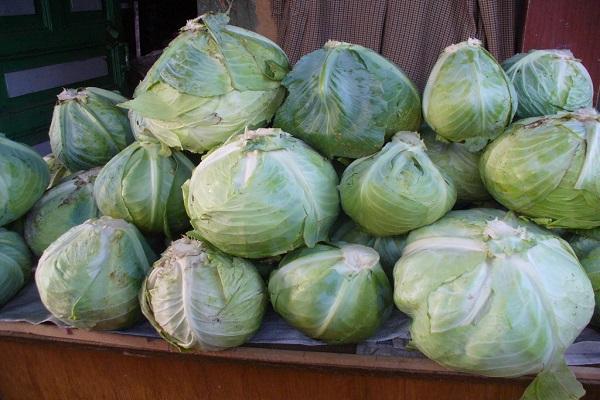
Aggressor F1
Late Dutch hybrid. The plant is viable, withstands any weather conditions. Cabbage can grow in nutrient-poor soil. Vegetables are grown in all regions of Russia, even in the driest. The mass of a mature head is 3.5-5 kilograms. The heads are round, plump. The upper leaves are dark green, wavy. On a cut, the head is white, with a slight yellowness. Mature heads do not crack. The culture rarely gets sick, the real threat is whitefly and aphids.
Moscow late
Popular culture, bred back in 1937. The leaf rosette is spreading, almost 1 meter in diameter. The outer leaves are gray-green with a waxy bloom. Ripe heads of cabbage are huge, dense. The mass of one is 4-6 kilograms. The inside of the cabbage is white. Ideal for fermentation. Fresh heads are stored until February.
Mara
Culture bred in Belarus. Cabbage rarely gets sick, almost does not rot. Can be stored until spring. The mass of a head is about 4 kilograms. Great for fermentation.
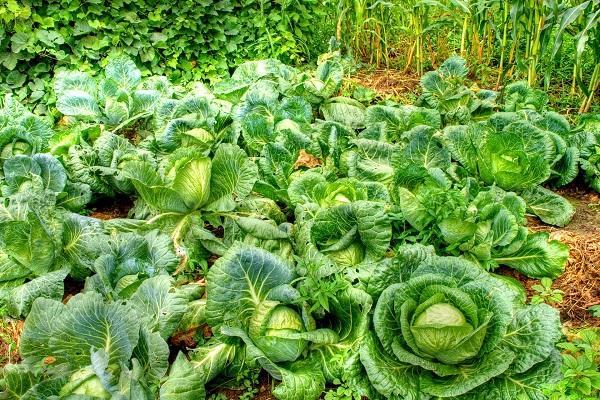
Amager 611
Can be grown in any region. Not afraid of frost. Cabbage rosette is slightly raised, its diameter is up to 80 centimeters. The leaves are smooth, the upper ones are slightly wrinkled.Ripe cabbage has a dense, round head of cabbage. The mass of one is about 4 kilograms. The culture is specially grown for long-term winter storage. The longer the cabbage is stored, the tastier it becomes. Over time, the bitterness disappears, the leaves become soft and juicy.
Languadeaker
Vegetable developed in Germany. Above the cabbage head is gray-green, inside - white. The average weight of one specimen is 3-5 kilograms. Ripe vegetables have a sweetish taste. The culture can get sick with keel, tobacco mosaic. Plucked vegetables are stored for a long time, used for pickling.
Sugar Loaf
A late winter-hardy culture developed in Russia. The socket is raised, huge, spreading, up to 0.8 meters in diameter. The upper leaves are large, gray-green, with a waxy coating. Ripe heads of cabbage are plump, crispy, juicy, white in section. The mass of one is 3.5 kilograms.
Vegetables are best harvested after frost. They become sweeter and tastier. Cabbage is used for fermentation and can be stored until spring. Vegetables immediately after harvesting from the garden are slightly bitter. After a month, the bitterness disappears. Vegetables can be eaten fresh or processed.
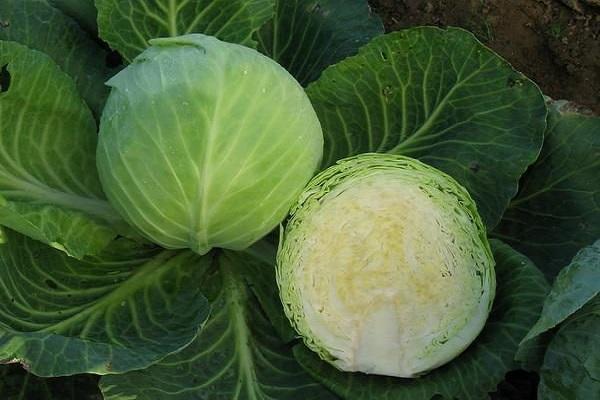
Gingerbread man
A hybrid developed in Russia. The culture is demanding on the soil. Poorly tolerates lack of moisture. The outer leaves are slightly raised. Cabbage has a compact appearance, the diameter of the rosette is about 0.5 meters. The culture is perfectly stored (up to 7 months), has a dense head of cabbage of a delicate yellowish-white color. The mass of one vegetable is up to 4.5 kilograms.
Which variety is better for pickling and pickling
Mostly late varieties are ideal for fermentation. True, a mid-season crop can be used for salting. The cabbage recommended for pickling ripens within 120-150 days. She should have a dense, uncracked head of cabbage, sweetish taste.
Glory 1305
This is the most ideal variety for fermentation. It can be grown in any region. True, heads of cabbage are not stored for a long time (only until January). Seedlings at a young age are exposed to diseases (black leg). Heads of cabbage often crack when ripe. Harvesting is desirable after the first frost. Heads of cabbage become sweeter, do not taste bitter. The average weight of vegetables is 3-5 kilograms. Ripe heads of cabbage have a pleasant greenish color. Inside there are white leaves.

Belarusian
Bred in 1937, it is resistant to frost and many diseases. Vegetables can be grown in northern latitudes. It is better to harvest after the first frost. Late-harvested cabbage is sweeter, less bitter. Ripe vegetables are plump, pale green in color. The mass of one is about 3-4 kilograms. The heads do not crack during growth, they tolerate drought well. Sauerkraut is very tasty in sauerkraut. It can be stored raw, but no more than 3 months.
Present
Cabbage ripens in late August and early September. A medium-sized leaf rosette is slightly raised. Ripe vegetables are plump, round, greenish-white in section. The mass of one vegetable is 2.5-4.5 kilograms. In a cool room, cabbage can be stored until March. Vegetables are suitable for salting and preparing fresh vegetable salads.
Valentine F1
Hybrid late culture. The plant has a raised rosette, medium-sized leaves. The ripe vegetable is round, plump, white in section. The mass of one is 3-4 kilograms. The harvested cabbage is stored for 7 months. The heads are juicy and sweet. Ideal for fermentation. Does not crack, rarely get sick, does not rot.

Recommended varieties for long-term storage for the winter
Winter varieties ripen 150-180 days after sowing the seeds. These crops have excellent long-term storage properties. The leaves of vegetables are tough, not very sweet. Some varieties (Amagera) have a bitter taste. For long-term storage, late, sometimes mid-season crops are grown.
Hybrid vegetables, Dutch varieties and some domestic varieties (Bartolo F1, Atria F1, Zimovka 1474) are best stored.
Glory
The culture is mid-season, resistant to many diseases. The head is pale green, white on the cut. The mass of one vegetable is about 4 kilograms. The harvested crop can lie until the new year. The variety is ideal for fermentation.
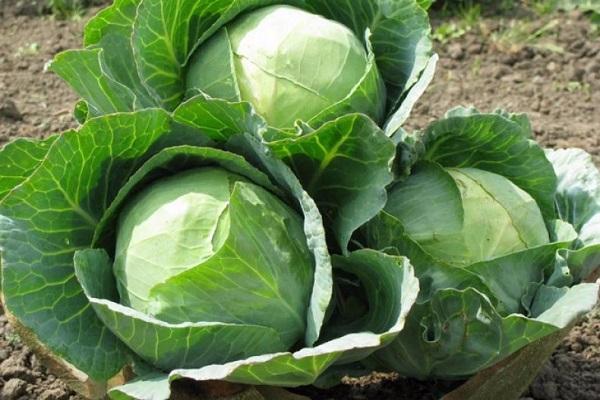
Kharkov winter
Late culture, does not crack. It tolerates frost perfectly, which is obvious from its name. Ripe vegetables are plump, round, green on top, white inside. The mass of one is 1.95-3.55 kilograms. Heads of cabbage rarely get sick, do not rot, and can be stored until spring.
Geneva F1
Heads of cabbage do not crack, are stored for up to 6 months, rarely get sick, do not rot. This is a late culture, tolerates the first frosts well. The head of cabbage is plump, white in section. The mass of one vegetable is about 3 kilograms. Cabbage is pickled, fermented, canned, salads and vegetable dishes are made.
The most popular varieties of Dutch cabbage
Dutch cabbage has a good yield. Many varieties of the Dutch selection are resistant to disease. They grow well in a temperate continental climate, tolerate the first frosts well.
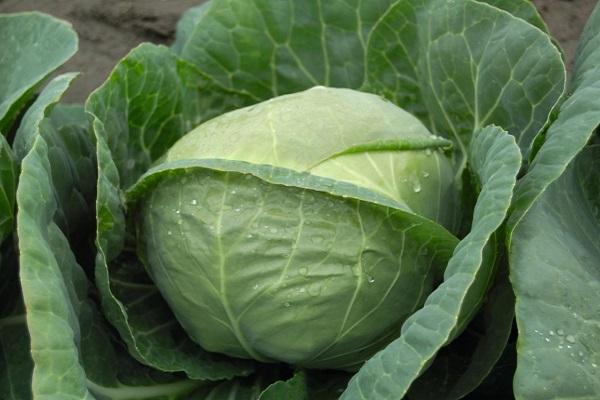
Bronco
Dutch hybrid with large, juicy, dense heads. Cabbage is eaten fresh and fermented. The mass of one vegetable is 4 kilograms. The culture is mid-season. Vegetables rarely get sick with bacteriosis. The harvested crop can be stored all winter.
Cubton
Fusarium resistant hybrid. Vegetables ripen even in hot and dry summers. Cabbage collected from the garden is stored until the new year. She has plump, white heads of cabbage inside. The mass of one vegetable is 2-4 kilograms. Cabbage is suitable for pickling and fresh consumption.
Mehndi
A plant with perfect round heads, very sweet and juicy. Can be stored in a cool place for almost 6 months. Not afraid of drought. Ripe vegetables have light green outer leaves, white cabbage inside. The mass of one vegetable is up to 5 kilograms.
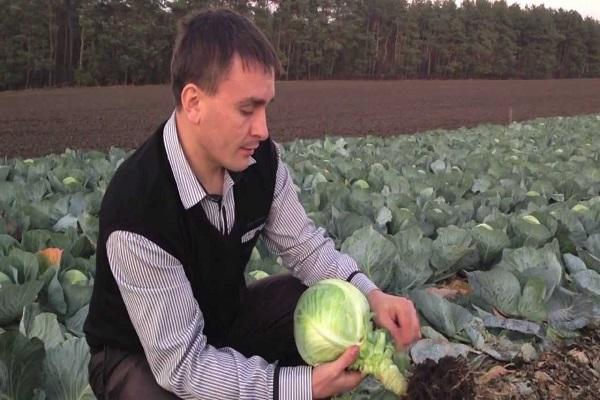
High-yielding hybrids
Agricultural firms, in general, grow hybrids that rarely get sick, do not die, do not rot, and can give a good harvest. Such crops are well adapted to temperate weather conditions. Vegetables are stored for a long time, during storage they do not lose their taste.
Centurion
A hybrid that, with proper agricultural technology, gives a high yield. A mature vegetable has a plump structure, a short inner stump. In the context, the heads of cabbage are white, uniform. The growing season of this culture is 110 days. The weight of a mature head is 3.5 kilograms. The fruits ripen together, are used for salting and preparing salads, vegetable dishes.
Foreman
A hybrid culture with a snow-white, compact head of cabbage. Medium late cabbage, ripens on 120 days. The mass of one vegetable is up to 5 kilograms. The cabbage is juicy, sweet, suitable for pickling and making fresh salads. The culture is best grown in seedlings.
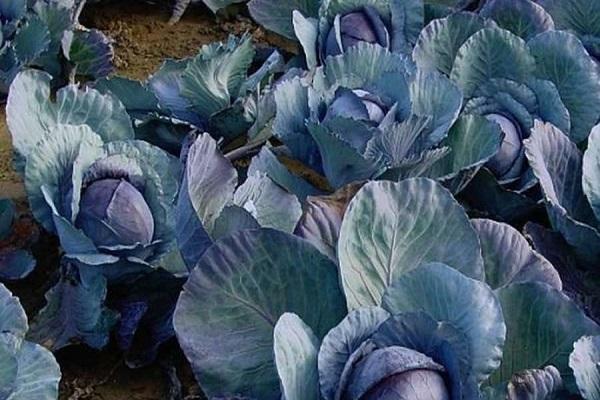
Gintama
A hybrid crop that can grow on any soil. The outer leaves are huge, grayish-green, covered with a waxy bloom. Inside, the head is white, plump. The mass of one vegetable is up to 4 kilograms. The culture rarely suffers from fusarium and bacteriosis. Can be stored for a long time. Suitable for fermentation and preparation of vegetable dishes.
New varieties of red cabbage
Red cabbage is the closest relative of white cabbage. New hybrid vegetables have a very fast ripening period - only 80-90 days. Some varieties of red cabbage do not taste bitter, they are not too sour, and are great for pickling and preparing fresh salads.
Kalibos
A very beautiful variety with an oblong head of cabbage. The mass of one vegetable is 2.5 kilograms. The inside of the cabbage is not very dense. The leaves are tender and juicy. Cabbage ripens late, 150 days after planting.It is not stored for long, quickly deteriorates. This is the most delicious red cabbage variety.
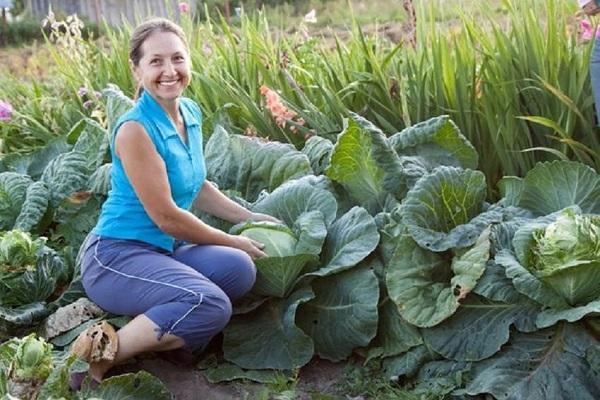
Example
Dutch early maturing hybrid. Ripe vegetables are round, dense, juicy, without bitterness. The mass of one is 2 kilograms. The culture is well stored, it tolerates transportation well. Cabbage is ideal for sale.
Determining the variety depending on the region
When choosing a variety, it is recommended to pay attention to which region it is suitable for. In the case of planting zoned crops, you can guarantee an excellent harvest of vegetables.
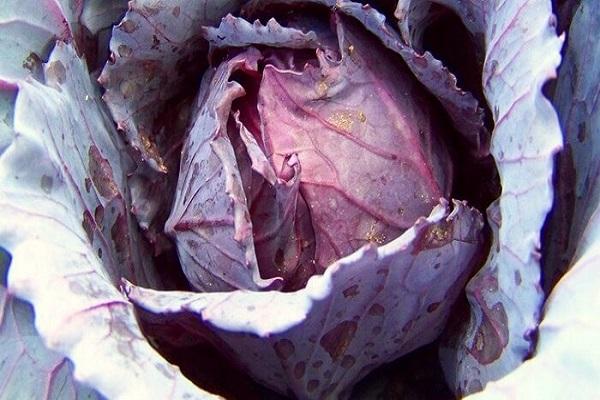
Recommended for growing in Siberia and the Urals
In summer, cabbage has been grown in northern latitudes since time immemorial. New varieties specially bred for this region tolerate frosts well, rarely get sick, grow quickly, and give a friendly ripening.
Junior F1
Hybrid crop with excellent frost resistance. The cabbage rosette is slightly raised. A ripe vegetable has a white center. The head of cabbage is plump. The mass of the vegetable is 2 kilograms. The culture is medium early. It is advisable to use it for preparing salads.
Arctic F1
Hybrid cabbage with an early maturity. Vegetables ripen 45 days after planting the seedlings. Round heads weigh 1.5 kilograms. Frost-resistant culture with sweet juicy heads of cabbage.

Florin
The culture is medium late. Grown for fermentation and preparation of fresh salads. Ripe heads are round, with a plump structure, white in section. The mass of one vegetable is 3-4 kilograms. The culture does not crack, rarely gets sick. Plucked vegetables can be stored for 7 months.
Sibiryachka 60
A variety bred for Siberia. The culture is resistant to low temperatures. Ripens 140 days after the first shoots appear. The heads do not crack, after harvest they are stored without spoiling for almost 4 months. The average weight of one vegetable is 4 kilograms. The head is plump and white on the cut. The variety can be fermented for the winter or fresh salads can be prepared.
Orion F1
A late ripening hybrid. Heads of cabbage ripen on day 160. The culture loves sandy loam or loamy soil. The plant has a compact, upright rosette. The head is round, plump, weighing 2.3 kilograms. Heads of cabbage do not crack, rarely get sick with bacteriosis and fusarium wilt.
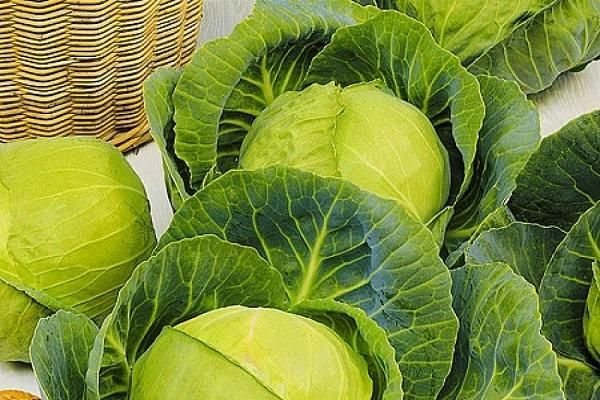
Early ripening
An early maturing crop, bred back in 1973. Cabbage ripens in 55 days after planting seedlings. Cabbage rosette is shallow, with raised leaves. The mass of one vegetable is 1.3 kilograms. Cabbage often cracks. Grown for making fresh salads.
Polar K-206
The variety was bred back in 1950. This is a mid-early culture. Grown for fresh consumption and salting. Cabbage rosettes are medium, 80 centimeters in diameter. Heads of cabbage are round, of medium size, dense and uniform in the middle. Heads of cabbage can crack, get sick with keel, bacteriosis.

Which cabbage is better to plant in Central Russia
In this region, specially bred varieties are grown that are resistant to drought, frost, and many diseases. Planting method - seedling or seedling.
Number One Gribovsky 147
The variety was bred in 1940. The crop ripens early, 100 days after planting. Cabbage rosette is slightly raised, compact. The heads are not very dense, weighing about 2 kilograms. Ripe cabbage is not stored for long, rots quickly, it is grown for making light vegetable salads. The culture tolerates drought and low temperatures well.
Transfer F1
Hybrid, early maturing culture. The shape of the head is round, the weight of one vegetable is 1.5 kilograms. It is advisable to eat cabbage fresh. The hybrid almost does not suffer from bacteriosis and black leg.
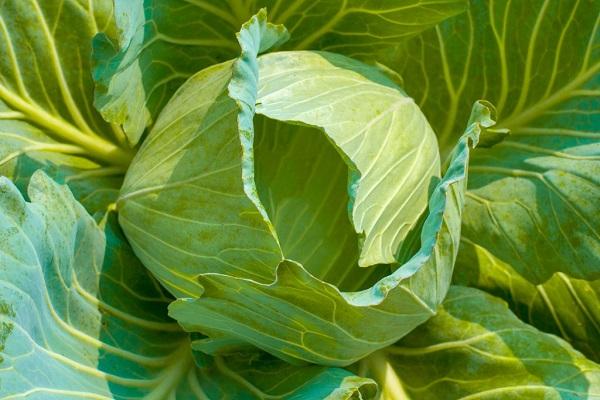
Kazachok
An early ripening hybrid bred by Russian breeders. Crop can be harvested 95 days after planting. Cabbage has plump, round heads, weighing 1.2 kilograms.The culture does not like acidic soils; it grows well on loams.
Cabbage does not tolerate heat and shade. The variety is not resistant to frost. It is advisable to plant cabbage in seedlings.
Golden hectare 1432
Mid-early culture. Ripens 100 days after germination. The upper leaves are smooth, gray-green. The heads are round, flat, of medium size. The weight of one vegetable is up to 3 kilograms. The culture rarely gets sick, tolerates night frosts well.
What to choose for the southern regions
For southern latitudes, it is advisable to select varieties that tolerate drought well and do not require frequent and abundant watering. In this region, cabbage can be grown in a seedless way.
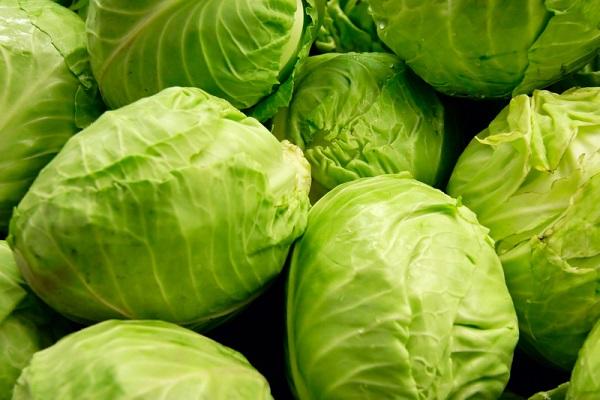
Zavadovskaya
Late ripening culture. The head is dense, round, does not crack. The head of cabbage is green from above, in cross section its center is white. The weight of one vegetable is 2.5-4 kilograms. The culture is suitable for fermentation. You can eat cabbage fresh.
Derbent local improved
An early ripening culture bred at the Derbent experimental station. Cabbage ripens in 109 days. The culture has a shallow rosette, only 0.7 meters in diameter. The outer leaves are dark green with a slight waxy coating. The heads are plump, white in section. The mass of one vegetable is 1.2 kilograms. It is advisable to consume the culture immediately after harvest; it is poorly stored.
Judge 146
Southern variety, bred in 1950. The culture is medium late. It tolerates high temperatures perfectly. He rarely suffers from bacteriosis. Grown for fermentation and preparation of vegetable salads.
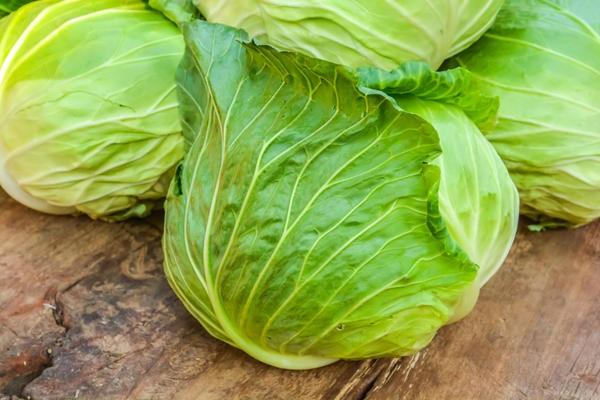
Mozharskaya local
Medium late crop, with medium sized heads. The weight of vegetables is about 3 kilograms. The variety tolerates high temperatures well, but requires regular watering. The heads may crack. Grown for salting and fresh consumption.
What varieties to plant in open ground in the suburbs
In the Moscow region, the climate is temperate continental, summer is cool, spring frosts recede by mid-May, autumn ones appear in October. The crops grown in this region should be well tolerated by the vagaries of nature and mature before early October. The most popular varieties: Slava, Dumas, Valentina, Zarya, Aggressor, Crumont, Gift.
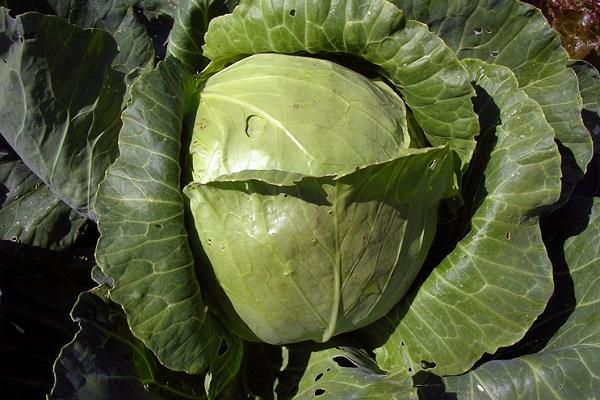
Dumas
Early ripening culture. It grows well in the shade and is resistant to many diseases, including rot. The cabbage has a large and plump head. The mass of one vegetable is up to 4 kilograms. The culture is grown for the preparation of vegetable salads.
Creumont
The culture is medium late. Does not crack, rarely gets sick with fusarium, does not rot. Can be stored for a long time. The weight of one head is up to 5 kilograms. Vegetables are grown for salting and fresh consumption.
Many summer residents grow different varieties of cabbage. This technique allows you to collect fresh vegetables from the garden throughout the summer. At the end of the season, winter varieties ripen, which are used for fermentation.
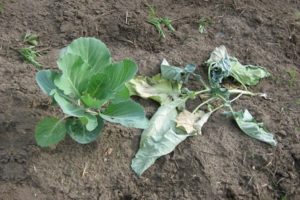
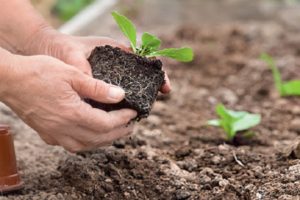
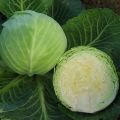

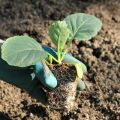
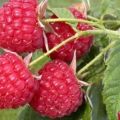
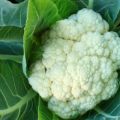

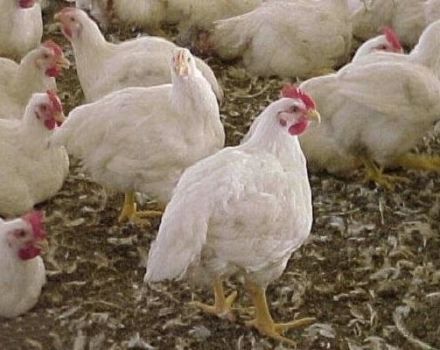
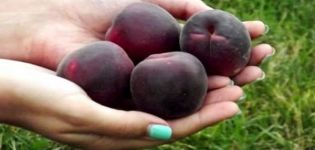
I like the early June variety, the cabbage grows small, but very juicy, its leaves are medium in size. Ripening time is rather short. I love making fresh salads out of it.